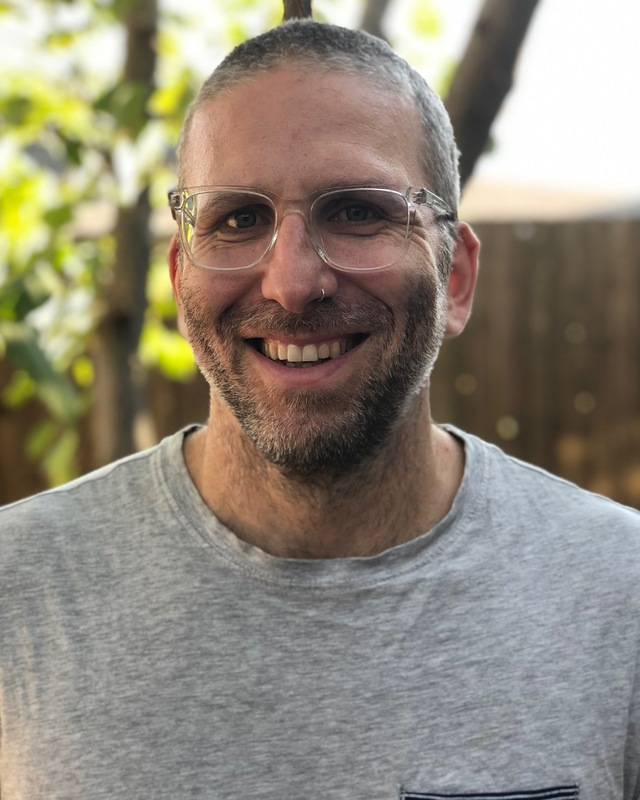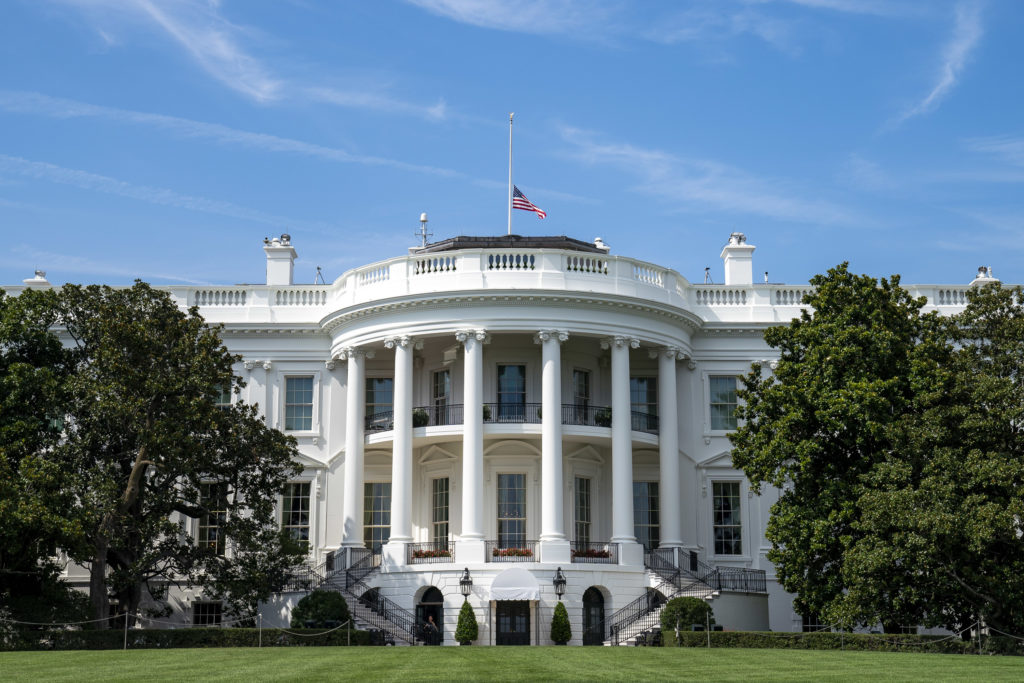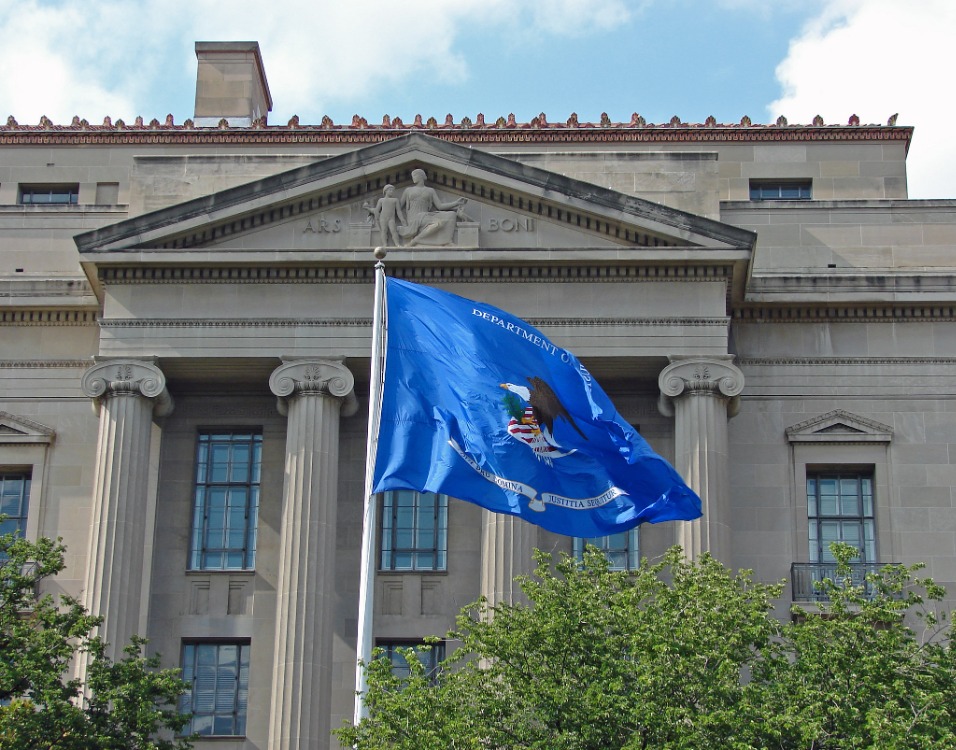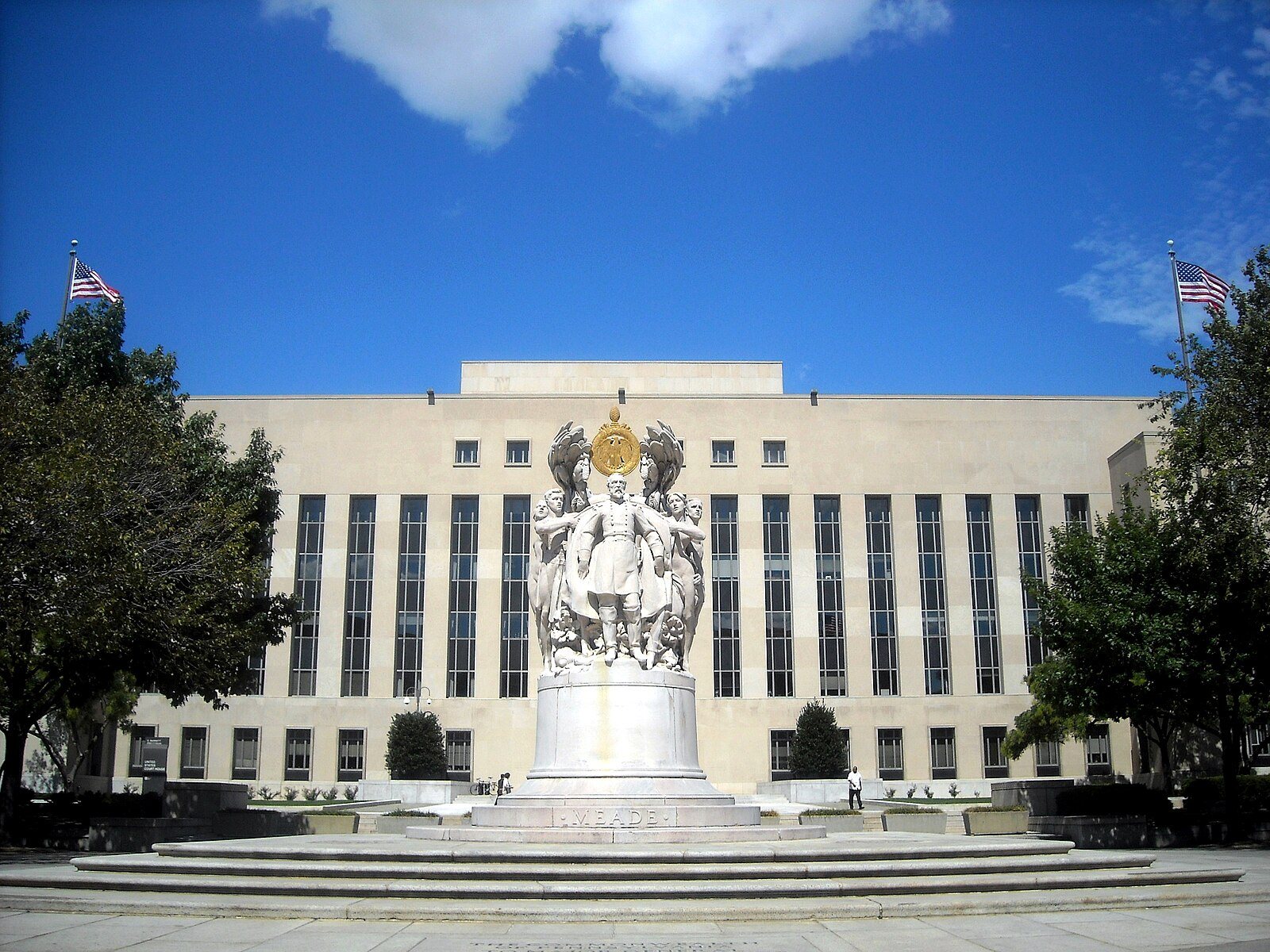Appellate Issues in the Trump Hush Money Case: The Extraordinary Ordinariness of Justice Merchan’s Adjudication
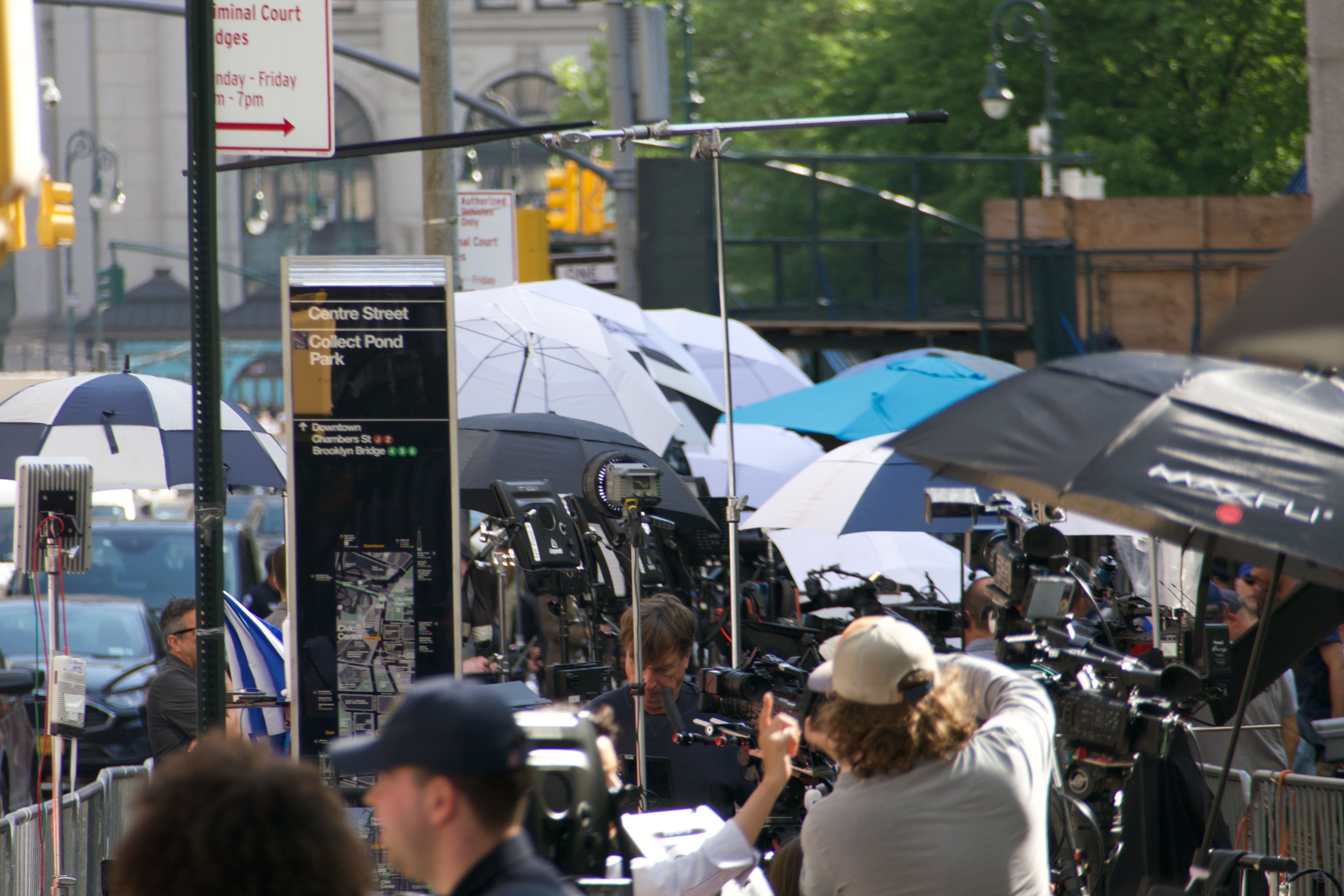
Published by The Lawfare Institute
in Cooperation With

Donald Trump’s New York trial has been presented to the public with a blend of know-nothing demagoguery, conspiracy theorizing, and incompetent reporting that’s uncommon even by the lofty standards for modern political spectacles. By design and effect, the misrepresentation has amplified Trumpworld’s tendentious claims of a “rigged” trial and induced confident predictions of appellate reversal. I offer this analysis as a sober rejoinder, and I do so in the form of a guide to What Happens Next. At the outset, people ought to distinguish between two things: (a) the decision of New York District Attorney Alvin Bragg (DANY) to prosecute Donald Trump and (b) the conduct of Justice Juan Merchan during the trial that followed.
I urge this distinction because Trump indeed finds himself at the mercy of a district attorney’s vast charging discretion—a predicament that has befallen countless people less capable of defending themselves. In that respect, he’s a new defendant with an old problem. The very nature of that problem, however, undercuts criticism of Justice Merchan. Judges don’t unwind the discretion exercised by American prosecutors. People rage against such discretion precisely because the law largely binds judges to the front-end choices that prosecutors make. And that’s what happened here. Justice Merchan’s rulings are extraordinary in their extreme ordinariness, given the circumstances. The defense has some nontrivial issues for appeal, but the conviction hardly bears some grave constitutional taint.
Some Basics About the Conviction
In lay terms, the jury convicted Trump for falsifying documents to conceal a conspiracy to unlawfully promote his presidential candidacy. In more technical parlance, he was convicted on 34 counts of violating New York Penal Law § 175.10, which makes it a felony to cause the entry of a business record that is falsified to commit, aid, or conceal another crime. (The other crime is called the “object offense.”) The object offense is New York Election Law § 17-152, which makes it a crime to conspire to promote a political candidate through “unlawful means.” The prosecution argued three “unlawful means”: violations of the Federal Election Campaign Act (FECA), falsification of other documents, and violations of state tax law. (Lawfare’s Quinta Jurecic maintains this helpful chart.)
Justice Merchan instructed the jury that it had to find unanimously and beyond a reasonable doubt the “elements” of the § 175.10 offense and the intent to participate in the § 17-152 conspiracy. Consistent with a standard distinction between elements of a crime and the “means” for satisfying those elements, he instructed that—although the jury needed to unanimously find the existence of unlawful means to promote Trump’s presidential candidacy—it didn’t need unanimous agreement on what those means were.
Here’s a nice example of where reporting on the trial went sideways. After Justice Merchan instructed the jury, Fox News correspondent John Roberts hastily tweeted that jurors need not “agree on the crime” and that “4 could agree on one crime, 4 on a different one, and the other 4 on another.” But Roberts had failed to appreciate the distinction between the elements of a § 175.10 offense and the “unlawful means” of carrying out a § 17-152 conspiracy. Right-wing media went berserk, and the mischaracterization polluted even mainstream commentary. In a piece published shortly after the convictions, for example, George Washington University law professor Jonathan Turley inaccurately stated that “Merchan allowed the jury to find that the secondary offense was any of the three vaguely defined options.” But Justice Merchan did instruct the jury that it had to find the object offense beyond a reasonable doubt. Turley just confused the object offense with the unlawful means by which a defendant might carry it out.
The Case Is Going to the New York Appellate Courts
I’ve encountered two absurd theories suggesting that some other institutional actor could take the case away from the New York courts. First, Vivek Ramaswamy continues to argue that President Trump could self-pardon because the § 175.10 conviction might have been predicated on a FECA violation, which is a federal crime. That’s just not how things work at all. A federal pardon wouldn’t void the state conviction of its own force. Criminality established in one place often predicates punishment in others, but orders that void the predicating criminality don’t automatically nullify the downstream punishment. The validity of the conviction in the punishing jurisdiction—in this case, New York—is a question for that jurisdiction’s courts. Trump would have to cite the pardon in making a New York motion to vacate the New York conviction, and he would probably lose.
Second, some observers have thought-bubbled early Supreme Court intervention by way of its “original habeas” power, which would require the votes of five justices. Mark Levin, John Eastman, Jeffrey Clark, and Trump himself have all made some such suggestions. But that’s not happening. Even for cases in the right procedural posture, original habeas relief is a dead letter; the last time the Court used that power to discharge a prisoner was 1925. And this case isn’t even in a procedural posture amenable to original habeas jurisdiction. Habeas relief requires that state prisoners exhaust remedies in state court, and Trump’s appeals are not yet underway. Even if one assumed away the exhaustion problem, Trump would still lose because the Court can’t use its original power unless it lacks other appellate jurisdiction—and the Court’s ordinary certiorari jurisdiction is intact.
This case is going to move through New York appellate courts, just like any other case would. That is, before the case could ever find its way to the U.S. Supreme Court, it must first make stops at the First Judicial Department of New York’s Appellate Division and then at the New York Court of Appeals. Review at those courts will be thorough and, in virtually any other New York criminal appeal, they would have the last word. The case presents some issues of federal law, but New York courts are fully empowered to decide them. State courts decide federal issues all the time.
Kafkaesque!
Some commentators also argue that Trump had no idea what he was charged with—Kafkaesque, as the hystericized argument goes. The April 4, 2023, indictment specified 34 violations of § 175.10, but New York law permitted it to omit the object offenses. (Lawfare contributors identified other cases in which New York prosecutors had charged § 175.10 without charging object offenses.) Bragg nonetheless filed a contemporaneous Statement of Facts outlining, in considerable detail, the events that became the focus of the trial.
The indictment itself didn’t specify the unlawful means for violating § 17-152, but that’s not a constitutional problem. After all, Federal Rule of Criminal Procedure 7(c)(1), which governs federal trials, provides: “A count may allege that the means by which the defendant committed the offense are unknown[.]” Still, the object offenses and unlawful means were specified well before trial started. In a Nov. 9 response to Trump’s motion to dismiss, DANY identified the four potential object offenses: § 17-152, FECA, state tax law crimes, and other falsified records crimes. (DANY later abandoned all the object offenses except for the § 17-152 theory.) In that same filing, DANY expressly stated that the unlawful means of a § 17-152 conspiracy included “violating FECA[,] falsifying the records of other New York enterprises[,] and mischaracterizing the nature of the repayment for tax purposes.”
So, long before trial, Trump knew exactly which three “unlawful means” might be the basis for the determination that he tried to conceal a § 17-152 offense. That didn’t stop media personalities from breathlessly intoning that Trump lacked notice as to DANY’s theory of the case. Turley wrote that “analysts on various networks admitted that they were unclear about what Bragg was alleging.” Elie Honig made the preposterous claim that DANY “refused to specify what [the] unlawful means actually were—and the judge declined to force them to pony up—until right before closing arguments.” All of this commentary is just spectacularly wrong. There might be some long-shot constitutional challenge to the sufficiency of the indictment itself, but the § 17-152 theory was perfectly legible before trial began.
Nor will the defense be able to make much of the fact that Trump was never convicted of a § 17-152 conspiracy (the object offense). Berkeley Law Professor John Yoo incorrectly claimed that “[t]he issue of the absence of a second crime is exactly the kind of legal question that would be prime for appellate review.” But Yoo is wrong, at least according to the New York decisional law that directly addresses the question. In People v. Taveras, the New York Court of Appeals held that “falsifying business records ... is elevated to a first-degree offense on the basis of an enhanced intent requirement … not any additional actus reus element.” And here’s People v. Thompson, an appellate decision by the court that will hear Trump’s first appeal: “The People were not required to establish that [the] defendant committed, or was convicted of, the crime he intended to conceal[.]” There’s nothing Kafkaesque about Justice Merchan’s determination that the statute means what it says—namely, that there need only be an “intent” to commit or conceal some other criminality, not a conviction for a completed crime.
Selective Prosecution
Many commentators also suggest that there will be appellate comeuppance for what they call a selective prosecution. Whatever its media appeal, the legal argument is awful. To prevail on a selective prosecution argument in New York, Trump needs to show (a) that he was treated differently than a similarly situated defendant who wasn’t prosecuted and (b) that the differential treatment was on account of some protected characteristic like race or religion, that it was to punish the exercise of constitutional rights, or that it reflected a malevolent desire to injure the defendant. Trump made unserious arguments on both prongs.
The only similarly situated defendant Trump identified was Hillary Clinton, but he confused Clinton and her campaign. Specifically, the defense was referring to the fact that the Clinton campaign (rather than the candidate herself) paid an unspecified fine for failing to classify payments for the Steele dossier as campaign expenses. Even if one assumed away the fatal distinction between Clinton and her campaign, Trump still didn’t allege a sufficiently similar situation—there were no allegations that Cinton or her campaign falsified financial documents with intent to defraud, no allegations that Clinton or her campaign tried to conceal another crime, and no allegations that Clinton or her campaign committed FECA violations that were knowing and willful. On top of everything else, Justice Merchan also found that Trump’s prosecution wasn’t nearly as unique as cable news led some to believe. The Manhattan District Attorney’s Office had prosecuted 437 crimes under 175.10 in the past decade, and each one had an object offense. Many of these prosecutions, in fact, had object offenses that were federal crimes.
Trump’s arguments on the second prong were perhaps flimsier. He didn’t allege that he was treated differently based on a protected characteristic or that he was prosecuted malevolently. Instead, he alleged a convoluted story about how Bragg ultimately filed charges because, after Manhattan prosecuting attorneys more supportive of the Trump prosecution resigned publicly, Bragg was getting politically troublesome blowback. Justice Merchan held that this account of selective prosecution “strains credulity,” and it does. The investigation followed explosive reporting about the unlawful hush-money scheme—specifically, reporting around the time of fixer Michael Cohen’s plea agreement and subsequent congressional testimony. A New York appeals court hearing the New York attorney general’s civil case against Trump already observed that such a “sequence of events” wipes out a selective prosecution claim.
Justice Merchan simply applied straightforward New York law to weak factual allegations, and he refused to spit at the appeals court that would review the verdict in his case. Furthermore, people should never lose sight of the fact that Trump found himself in front of a jury because, unlike most defendants, he categorically denied all wrongdoing and didn’t plead to a lesser offense.
Justice Merchan’s $35 Contribution to a Democratic Group
In 2020, Justice Merchan made a $35 contribution to ActBlue, a Democratic-aligned political entity. Fifteen dollars was earmarked as a contribution to President Biden’s campaign, although it’s not clear whether Justice Merchan knew the earmark when he contributed. The New York State Commission on Judicial conduct reviewed Merchan’s modest contribution along with those of “several dozen [other] judges.” In view of the small-dollar value and context, Merchan received only a caution. Separately, and after Trump’s criminal case was assigned to him, Merchan proactively sought the advice of the New York Judicial Ethics Committee. The committee that examined the matter emphasized that the “modest political contributions made more than two years ago cannot reasonably create an impression of bias or favoritism” and concluded that Merchan’s “impartiality cannot reasonably be questioned.”
The donation might be improper, but there’s virtually zero chance that it matters on appeal. Generally speaking, a judge’s decision not to recuse is reviewed under a very deferential abuse-of-discretion standard. And under the circumstances here, New York courts generally insist that the trial judge is the “sole” arbiter of recusal and that an appellate court can’t intervene unless there was actual bias affecting the result. In the face of the Ethics Committee finding that there’s not even an appearance of bias, any recusal issue is a nonstarter.
“Unlawful Means” to Promote Trump’s Candidacy
One of the more vulnerable parts of the conviction involves Justice Merchan’s approach to the law of “unlawful means”—but only to pieces of it. Recall that the jury was instructed to determine whether Trump intended to participate in a § 17-152 conspiracy having three potentially unlawful means: other false business records, FECA violations, and state tax misreporting. The jury had to find unanimously that unlawful means existed, but jurors did not have to agree on what the unlawful means were. There is no record of which means or combination thereof formed the basis for each juror’s vote.
Start with false documents. Few contest that Justice Merchan properly instructed the jury that the unlawful means for the § 17-152 conspiracy could include other unlawful document falsification. The idea is simple: Trump promoted his candidacy through some falsified documents (the § 17-152 conspiracy) and then falsified others to conceal that behavior (the § 175.10 felony). The jury therefore considered as the unlawful means (a) the false paperwork for the LLC that was going to be used to reimburse a third party for its hush-money payments to Karen MacDougal, (b) the false paperwork for the LLC used to make hush-money payments to Stormy Daniels, (c) the false notations on the wire transfer to MacDougal, and (d) the false 1099s filed to reimburse Michael Cohen.
Now consider the tax-law means—grossing up the sum paid to Cohen so that it looked like a professional payment for consulting services rather than a reimbursement for hush-money. The tax law violation has given rise to two objections circulating in right-leaning media, although one’s frivolous. The no-chance argument is that, because Cohen overpaid taxes, the tax-filing means for promoting Trump’s candidacy were lawful. But both state and federal law are clear: tax filings can be unlawful even if they aren’t underpayments.
The more significant objection is the “time warp” problem: whether taxes paid after the election (in 2017) could “promote” Trump’s 2016 candidacy. Prosecutors, however, consistently argued that the 2017 tax-law violation was a means of promoting Trump’s 2020 candidacy. For example, in its November 2023 filing, DANY insisted that Trump “officially registered his intent to seek reelection on January 20, 2017,” which gave him reason to “continue to be concerned about public perception even after his inauguration.” During trial, prosecutors elicited testimony from Cohen establishing that Cohen continued to lie for Trump throughout 2017 because Trump “already announced that he was going to be running again for President in 2020.” At closing, prosecutor Joshua Steinglass underscored that Cohen “told you … as of 2017, the Defendant already announced an intention to run for president again.”
I suspect (strongly) that the focus on the 2020 election will take care of the time warp problem, although DANY may have other (more contestable) answers. Combining § 175-10 and § 17-152, for example, one might say roughly that the prosecution needed to prove only an “intent” to “conspire”—and that’s pretty inchoate-sounding offense conduct. (Recall the case law recited above emphasizing that § 175-10 encodes only an intent requirement.) In fact, Steinglass told the jury that Trump’s “post-election steps to conceal his pre-election activity is part of the same conspiracy.” On this theory, the cover-up is an unlawful means to conspire in favor of Trump’s 2016 candidacy. This argument has some problems based on the text of § 17-152 and the way the jury was instructed, which is why I consider DANY’s other response to the time warp problem stronger.
Of the three unlawful means, the FECA violation is the most frequently questioned. I’ll address those questions in escalating order of seriousness. First, there’s an argument that Justice Merchan should have permitted Capital University law professor Bradley Smith to testify to the jury about the content of federal election law. But witnesses don’t testify to jurors about law, which is the instructional purview of the judge. If Trump presses this issue on appeal, he’s wasting paper.
The second FECA issue is the argument that there was no campaign contribution or expenditure. This might come into play if the U.S. Supreme Court wanted to plow new legal ground, but there’s a big gap between the public discourse and the existing law. Candidates can self-contribute all they want, but the money for Daniels came from the Trump Organization, not Trump himself; and the fixation on the payment to Daniels ignores the American Media Inc. (AMI) payment to MacDougal, which didn’t come from either Trump or the Trump Org. Even on the most Trump-favorable readings of federal law, the AMI payment to MacDougal is still a blatant FECA violation. AMI wasn’t trying to keep secrets from Melania; there’s just no reason why AMI would have paid MacDougal unless it were trying to influence the presidential race. All the testimony at trial—from both Cohen and AMI President David Pecker—corroborates that motive.
The third FECA issue centers on federal “preemption” of state law and—speaking relatively—it’s probably a stronger appellate argument than the other two. FECA has a provision that “preempts” state law “with respect to election to Federal office.” And because the § 175.10 offenses required Trump’s intent to conceal a state election-law conspiracy committed through a FECA violation, the argument goes, the § 175.10 convictions are preempted. Trump made this argument to a federal district court when he tried to move the trial proceedings there, but Judge Alvin Hellerstein found that argument had “no colorable basis” and Trump didn’t even bother to appeal that ruling.
Trump got trounced in federal court because the argument has major problems. First, a much narrower implementing regulation fixes the operative scope of the broadly worded preemption provision, and the narrower regulation probably doesn’t cover the charged counts. Second, even if a state can’t directly criminalize certain conduct, it can still punish separate attempts to conceal it. For example, nobody would say that state agencies can’t punish people who fail to disclose federal convictions—even if those convictions are for crimes within the preemptive scope of federal law. And to make a related point, state negligence liability can flow from breaches of federal standards that Congress has exclusive power to define. Much more typical of the preemption analysis likely to prevail here is something like this Sixth Circuit opinion holding that courts give a “narrow preemptive effect” to the FECA provision and “that Congress did not intend the criminal sanctions of the FECA to be a substitute for all other possible criminal sanctions.” In other words: New York can’t set contribution or expenditure limits for federal elections, but it can still punish conduct that might violate federal law.
Although I think it unlikely that an appeals court finds that FECA was impermissibly considered as an unlawful means, such a ruling would certainly imperil the conviction. If you subtract the FECA violation from the unlawful-means analysis, then we can’t be certain that the jury would have convicted Trump on the other two means alone. In such a scenario, the New York appellate courts would have to work through knotty questions about whether the error was harmful enough to require retrial. New York law on the level of harm necessary to void the conviction under these circumstances is at best sparse, and—remember—there’s no record about which unlawful means or combination thereof caused each juror to vote in favor of conviction. In fact, one can say more generally that, with respect to all three unlawful means predicating the § 17.152 conspiracy, the invalidation of any one of them will trigger genuine questions about the integrity of the verdict.
That’s a nice segue to perhaps the most substantial unlawful-means argument: that Justice Merchan should have told the jury it needed to agree unanimously on what the unlawful means were. To be fair to Merchan, the best reading of existing fNew York case law, which does not speak directly to this interpretative question for this statutory provision, does not require unanimity as to means. Think of the problem this way: If a statute criminalizes burglary as the “unlawful entry of a dwelling with intent to commit a crime therein,” then the jury doesn’t usually need to agree about whether the burglar picked the lock or stole the owner’s keys. To root the example more concretely in the pertinent jurisdiction’s penal code, New York criminal law doesn’t require that a jury agree as to the other crime the burglar intends. Nor does the New York law of larceny, which forbids unlawful taking of property, require the state to “designat[e] the particular way or manner in which such property was stolen or the particular theory of larceny involved.” In short, and although there was no appellate precedent directly interpreting § 17-152’s reference to “unlawful means,” there’s a strong interpretive tradition under which similar language in New York penal law doesn’t require unanimous specification. Given the universe of case law that was to inform Merchan’s ruling, he got it right.
Still, there’s a nonzero possibility that New York’s highest court refines state law in Trump’s favor or that the U.S. Supreme Court constitutionalizes the issue. In the latter scenario, the Court would need to substantially extend a principle from a 1991 decision, Schad v. Arizona. In Schad, the defendant was convicted of “first-degree murder,” which was defined as either premeditated murder or as murder within the course of a felony. The convicting jury had to agree unanimously that either premeditated or felony murder took place but didn’t have to agree unanimously on which one. The Supreme Court approved of that approach, with the lead opinion stating: “We have never suggested that … jurors should be required to agree upon a single means of commission, any more than the indictments were required to specify one alone. … [D]ifferent jurors may be persuaded by different pieces of evidence, even when they agree upon the bottom line.” (Internal quotation marks omitted.) Schad does indicate that due process might require that completely unrelated conduct—conduct “freakish[ly]” linked so as to define a single crime—be specified by a jury unanimously. The Supreme Court, however, would have to substantially extend Schad to apply it here, where the conduct in question was all part of a single catch-and-kill conspiracy and the unlawful means constitute a § 17-152 offense only if the conduct promoted the same political candidate.
* * *
I have been unable to cover every issue here—including a potentially important question about whether Stormy Daniels’s testimony was impermissibly prejudicial under the controlling evidence law. I’ve still canvassed enough, however, to make my basic point. Even though some appellate issues are nonfrivolous, the media has grossly overstated the conviction’s vulnerability. Many of the mistakes are made in good faith, but many are not. That’s because the right-wing narrative requires enough self-protective ignorance to support psychic permission structures for off-the-wall legal arguments. But Justice Merchan’s trial adjudication was was pretty banal, if you set the identity of the defendant aside.

